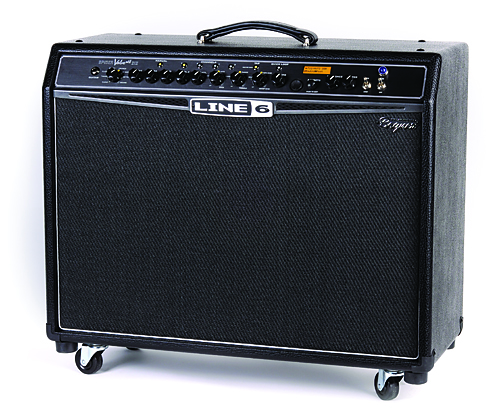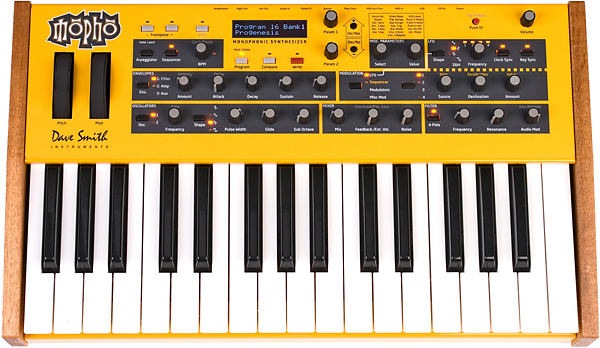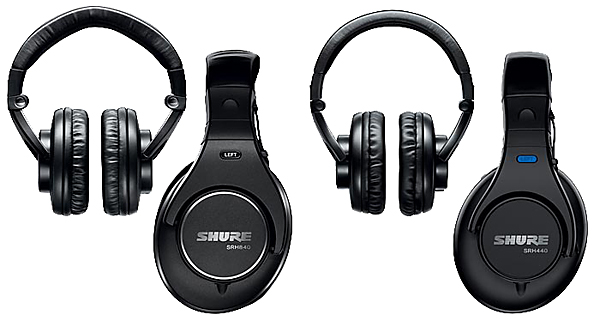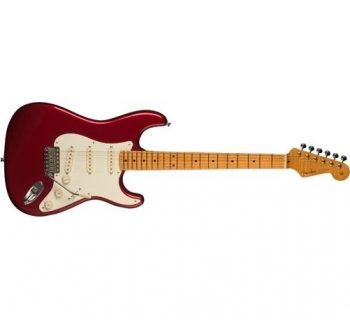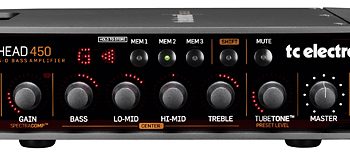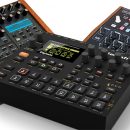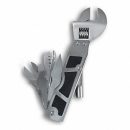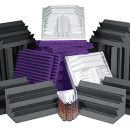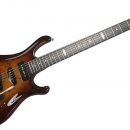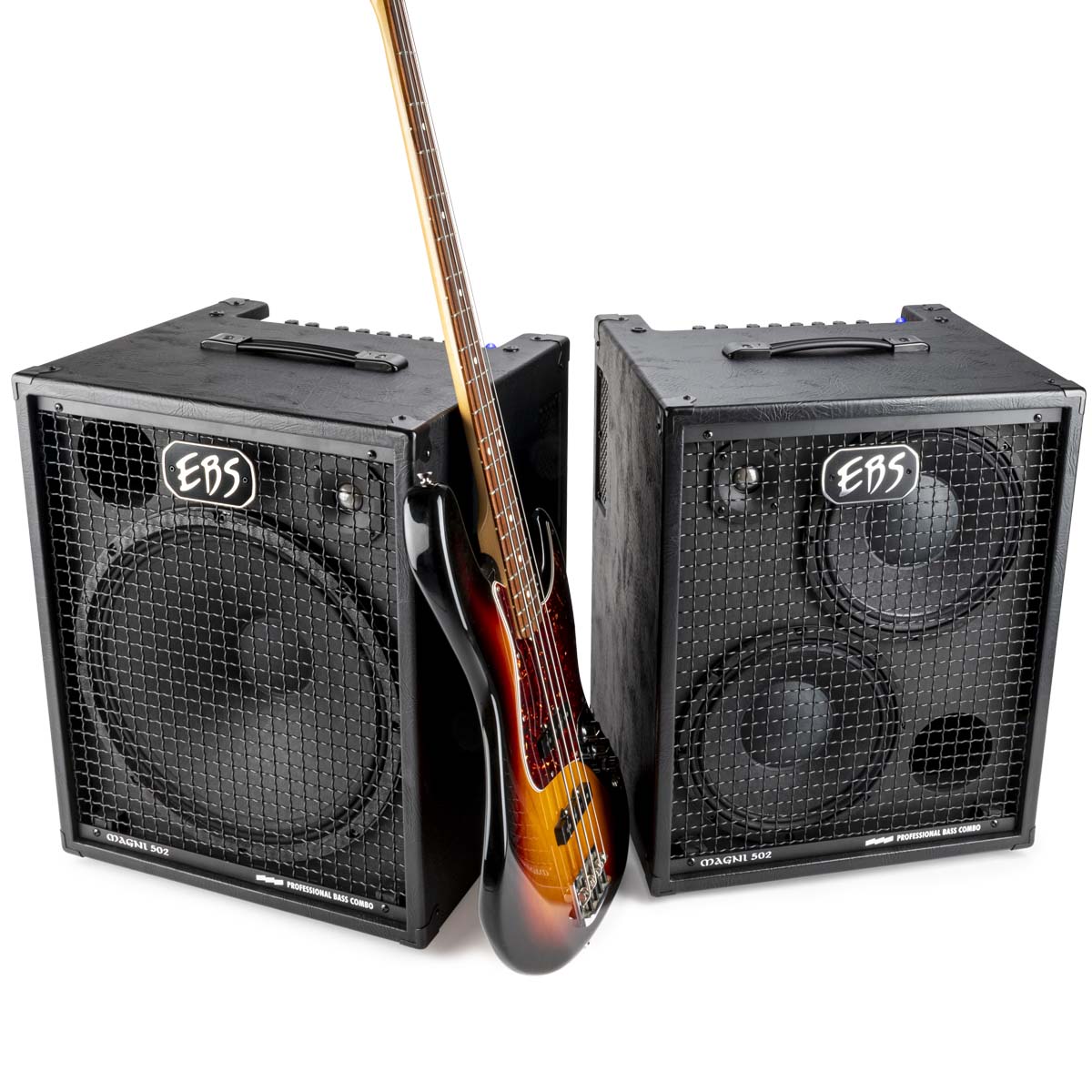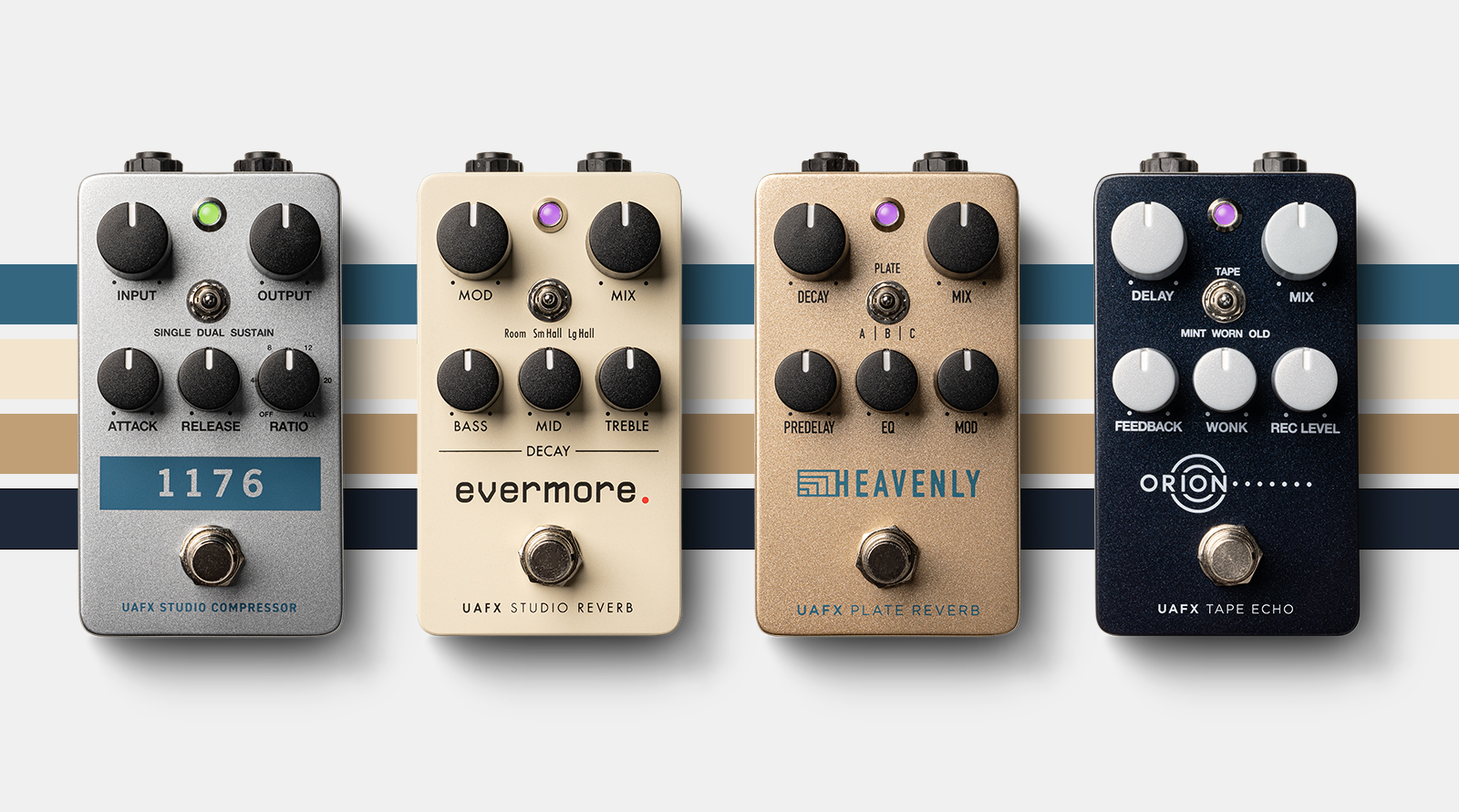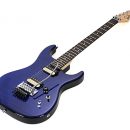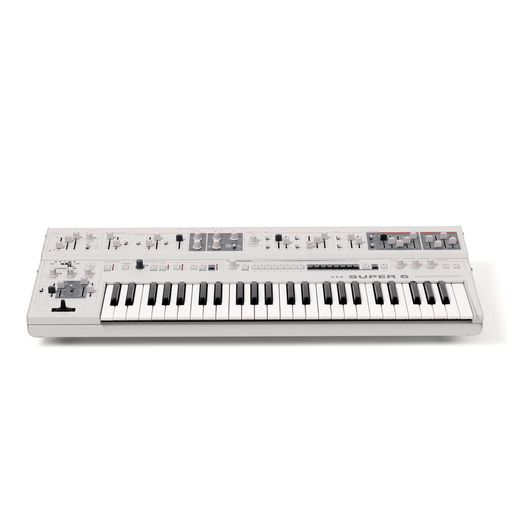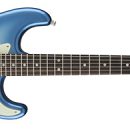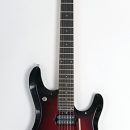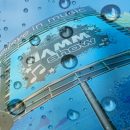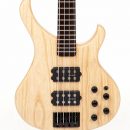 What? A modeling amp review at MusicPlayers.com? Have we gone soft? Sold out to advertisers? Lost our minds and our ears? Forgot what boutique means? Fear not, intrepid readers. We aren’t about to give up our tube amps any time soon. And fortunately, thanks to the Line 6 Spider Valve MkII, we don’t have to! We can finally embrace modeling technology and keep our tubes!
What? A modeling amp review at MusicPlayers.com? Have we gone soft? Sold out to advertisers? Lost our minds and our ears? Forgot what boutique means? Fear not, intrepid readers. We aren’t about to give up our tube amps any time soon. And fortunately, thanks to the Line 6 Spider Valve MkII, we don’t have to! We can finally embrace modeling technology and keep our tubes!
A few years ago, Line 6 entered into a working relationship with legendary boutique tube amp designer, Reinhold Bogner, of Bogner Amplification fame. What began as a single product design collaboration led to the development of quite a few exciting products both for Line 6 as well as for Bogner Amplification.
| Category | Value | Rating |
| Features | 20% | |
| Usability | 25% | |
| Sound | 25% | |
| Documentation & Support | 10% | |
| Price | 20% | |
| OVERALL RATING = 3.6, which earns it a WIHO Award! 3.6 stars or better: Outstanding, WIHO Award 3 stars or better: Worth considering 2 stars or better: Suited to specific needs 1 star or less: Not recommended |
||
What many musicians do not realize, though, is that the Spider Valve MkII isn’t just a Line 6 modeling amp tacked onto a Bogner-designed tube power amp… the preamp section in this amp is a Bogner-designed tube circuit, too!
Loaded with two 12ax7 preamp tubes, a 40-Watt Class AB power amp pushing two 6L6 power tubes, and two Celestion V30 speakers, this isn’t the cheap, starter Spider amp you remember from a decade ago. The Spider Valve MkII is a sturdy (and heavy) pro-caliber tube combo of real interest to serious musicians who need instant access to an arsenal of amp tones ranging from classic to modern, but who also need the feel and response of real tubes behind them.
The Spider Valve MkII 212 combo delivers the best sound we’ve ever heard from a Line 6 amp. While modeled sounds still have a somewhat one-dimensional sound compared to the original amps from which they are modeled (to our picky, snobbish ears), in the recording environment and in many live situations — especially for cover bands/wedding bands, you’d have a hard time telling the difference. And sometimes, that tonal flexibility is more important than having your “holy grail” tone at the show.
That said, though, we found a lot of tones in this amp that we really, really liked — especially the Line 6 original models, and some presets (amp models plus on-board effects) that were downright inspirational for our various styles of playing. The Spider Valve MkII gave us a newfound appreciation for just how far modeling amps have come, and it’s truly the first modeling amp that we would be willing to play without having to apologizing for our tone.
Features
The Line 6 Spider Valve MkII 212 is available in a few configurations — a head, 1x12 combo, and 2x12 combo, the subject of this review. The amps are identical with the following difference: the head packs100 Watts of power through four 6L6 power tubes, whereas the combos are 40-Watt amps with just two 6L6 power tubes each. All models feature two 12ax7 preamp tubes. The speakers are industry standard Celestion V30s.
The MkII includes sixteen amp models, and our table below identifies the Line 6 name and the corresponding amp that was modeled. One thing that is important to note is that modeling can’t capture every single feature and nuance of all the original amps. Some amps have numerous switches and options for custom-tweaking their tones, so manufacturers of modeling products typical focus their efforts around modeling a handful of the most popular, specific amp settings.
| Clean Amber | Marshall JCM 900 clean channel |
| Clean Blue | 1973 Hiwatt custom 100 |
| Twang Amber | Fender blackface ’65 Twin Reverb |
| Twang Blue | Fender blackface Deluxe Reverb |
| Class A Amber | Vox AC-30 with updated TBX tone circuit |
| Class A Blue | Divided by 13 Model 9/15 |
| Blues Amber | Fender ’53 wide panel Deluxe |
| Blues Blue | Gretsch ’60 6156 1x10 combo |
| Crunch Amber | Marshall ’68 Plexi 50 Watt |
| Crunch Blue | Orange 2005 AD-30TC |
| Hi Gain Amber | Marshall ’68 Plexi 100 Watt plus Variac and jumpered input channels |
| Hi Gain Blue | Diezel Herbert 180 Watt head |
| Metal Amber | Mesa/Boogie Dual Rectifier |
| Metal Blue | Line 6 original |
| Insane Amber | Mesa/Boogie Dual Rectifier (red channel) |
| Insane Blue | Line 6 original |
Complete model descriptions can be found in the Advanced Guide, downloadable from line6.com.
There are now over forty different effects in the Spider Valve MkII, four of which can be used simultaneously (early MkII amps can be updated with a software download from the Line 6 website). Effects include: Red Compressor, Fuzz Pi, Blue Compressor, Vetta Juice, Boost + EQ, Screamer, Killer Z, Octave Fuzz, Bass Overdrive, Auto Wah, Auto Swell, Clean Sweep, Pitch Glide, Smart Harmony, Sine Chorus, L6 Flanger, Analog Chorus, Square Chorus, Random Chorus, Jet Flanger, Expo Flange, Phaser, U-Vibe, Lumpy Phase, Warble-Matic, Opto Trem, Bias Trem, Digital Delay, Analog w/Mod, Analog Delay, Dual Delay, Tape Echo, Multi-Head, Sweep Echo, Reverse, Bubble Echo, Lux Spring, Vintage Plate, King Spring, Large Plate, Small Room, Tiled Room, Chamber, Medium Hall, Large Hall.
The amp also features a programmable noise gate, solo boost, a fourteen-second looper, and full MIDI control. It can be controlled via Line 6 FBV Shortboard and Express foot controllers (the MkII versions), or any popular MIDI foot controller. It has memory for saving up to 128 user presets, which contain amp and effect settings.
The Spider Valve MkII has an XLR output with two different output settings. A Performance Mode sends the amp and effect modeling with tube interaction affecting the tone, while the Studio Mode sends just the amp and effect modeling.

There are a few additional connection points on the rear of the amp: Power Amp In, which lets you take an external preamp (or modeler like another POD product) and connect it to the tube preamp and power amp, and Preamp Out, which is intended to let you drive a second amp. You can alternately use these connection points as a series effects loop, but there’s no dedicated mix control as with a typical series effects loop.
At sixty pounds, this may be the heaviest Line 6 guitar amp ever built, and the amp includes an optional set of casters, which we highly recommend installing if you plan to move this thing anywhere.
Line 6 has always made fantastic foot controllers for their amps, and the FBV Shortboard MkII foot controller is no exception. It can control Volume/Wah via its continuous controller, channel switch (preset selection), turn effect blocks On/Off, tuner selection, control the audio looper, and more. A single Cat 5 Ethernet cable connects the FBV to the amp — no separate power cable required.

In addition to front-panel control, the MkII’s sounds and effects can be edited from the comfort of a large computer screen thanks to the free, downloadable Monkey and Mk II Edit software. These software applications enable you to share sound presets with other members of the Line 6 community, download updates to your amplifier, and Edit really makes editing sounds and effects a thing of simple beauty.
In order to access the amp’s features from a computer, there are two methods you can employ to connect the amp to your system. If you have a MIDI interface in your computer setup, just connect a pair of MIDI cables to the amp and you’re set. If your computer lacks MIDI interfaces, though, no need to panic. Just get an FBV Shortboard MkII foot controller (which you want to use with this amp, anyway). It has a USB MIDI interface; enabling it to connect to your computer via a single USB cable, and then the FBV passes through remote operation/control of your amp to the computer.
Usability
After we nearly herniated ourselves lifting the amp out of the box we found our Line 6 evaluation unit easy to use as a stand-alone amp. The onboard amp models and myriad factory installed preset banks can be accessed via a front rotary control, with each amp model displaying two variants indicated by blue and amber LEDs.

In addition to the aforementioned amp models and presets, the front display enables you to navigate your way through effects controls and it also includes a visual reference for a tuner, as well as EQ and volume controls. Overall, the interface is extremely intuitive even if you have never used an amp built around modeling technology. The problem is, unless you were born with extra limbs or possess reflexes akin to Superman, switching between the presets on the fly at a gig or rehearsal will be next to impossible without…
Enter the optional FBV Shortboard MkII foot controller (which the folks at Line 6 were kind enough to send us.) The word “optional” is used loosely here, because if you want to access the innumerable presets on the fly, explore the deeper editing features, download updates, use the looper, or share presets with your friends, the foot controller should be considered mandatory.
The foot controller (which simply connected to our amp via an RJ-45 plug) enabled us to instantly access sixty-four presets arranged in four banks, and dedicated footswitches allowed us to easily scroll through and select various presets.
Additionally, we could add and remove effects real time and even synchronize our time-based effects via Tap Tempo! A rugged Wah/Volume pedal rounded out the controler and we found the feel of the pedal relatively smooth, with just the right amount of resistance (and plenty of grip), allowing accurate control of the pedals range. Changing presets was a breeze and not once did we accidentally invoke the wrong preset at the wrong time, thanks in no small part to the well spaced footswitches that were conveniently laid out.
A USB port is located on the back of the controller, which enables you to hook your amp up to your computer, download firmware updates, and manage patches and pedal settings via Line 6 software available on their website. Although this interface may sound intimidating to some, we found it remarkably easy! Within (literally) 30 seconds, we had downloaded from the Line 6 website the necessary software (Line 6 Spider Valve MKII Edit and Line 6 Monkey) as well as firmware updates (version 1.52) for our amp.
The real fun started when we began creating our own sounds via the Edit software, which once again, could not be easier or more intuitive to use. Basically, via the software’s snazzy graphical interface, you choose the amp model you want to base your tone on, and tweak the EQ settings until you like what you hear. From there, you can layer on classic stomp box effects, placing them either pre or post amp. When you are satisfied with the sound, you assign it a unique name and save it to your desired memory location – simple!

In fact, using Line 6 Edit transforms the experience of creating sounds on this amp from a more tedious process to one of true simplicity and fun (and if that’s your path to shaping guitar tones, add another half-star to our Usability rating). We didn’t enjoy using this amp nearly as much until we fired up the software and saw how simple it was to create guitar tones with various effects.
If you need a single product to take to gigs when it’s not convenient to pack up your big guitar rig and complex pedalboard, this is the modeling amp and effects package to bring.
Sound
So, how does the marriage of Reinhold Bogner’s tube mastery and Line 6’s technological prowess actually sound? Let’s just say that the answer to that question ultimately became a humbling experience for many of us.
Our staff is comprised of more than a few tube gear snobs (Editor’s Note: What, you mean somebody actually make amps without tubes in them?), so the idea of a single 2x12 modeling combo taking the place of our beloved museum piece amps and pedals is about as preposterous as asparagus replacing the peanut butter and jelly sandwich! But guess what? Stranger things have happened!
Armed with a Gibson 1959 Les Paul Historic and a Gary Kramer Cathedral Deluxe (a custom-shop Super-Strat) we first checked out the Twang Amber and Twang Blue presets based on the classic Fender Blackface designs. The result was not only authentic, but deep as well, providing us some of the best clean tones we have ever achieved. Aside from the uncanny amp modeling, perhaps the success of the pristine “loud and clean” tone can be attributed to the dual Celestion Vintage 30 drivers, which not only handle sixty watts per speaker, but provide the necessary EQ curve to deliver both clean and high gain tones without inducing ear fatigue.
And did we say loud? This just may be the loudest 2x12 combo we have ever used, and at just 40 watts, this amp is simply the David to your vintage Marshall’s Goliath!
Moving over to Hi Gain territory, we stumbled upon a preset called “FingerLickinGood” which, basically, is the ultimate rock god guitar solo tone. We cannot begin to tell you the hours of fun we had wanking away on this preset, and it was in this context we were reminded of the fact that our amp is indeed a tube amp. Hold a note, and it trails off into controlled feedback, roll back the guitar’s volume knob and it cleans up.
However, one thing that became apparent while exploring this preset (and others) was the copious amount of noise gating that was applied, and we found this to be true of many of the other higher gain presets as well. While this may be totally welcome when abundant amounts of noise are present in the signal chain, we found that oftentimes it had an adverse effect on the way a note decayed, making the “trail off” sound abrupt and unnatural. There were numerous presets in the amp that had the noise gate or other noise reduction technology enabled, but they really didn’t need it. It seemed like noise reduction was just “on by default” for all presets.
It is no secret that we are huge fans of Mesa/Boogie amps and in particular, the Dual Rectifier line, so we approached the Metal and Insane Amber presets (based off the Recto circuit) with more than a grain of salt. However, a pleasant surprise was once again in order! We’re not quite ready to put our Boogie gear up for sale, but will say the Spider Valve MkII does more than an admirable job at creating the deep and resonant signature sound of the Rectifier series, including the classic mushy “squish” the genuine 6L6-based amp possesses.
We found that the majority of presets (if not all) had the Bass cranked to its full setting by default. This could be why some of the sounds just weren’t as convincing as they could have been. In the case of the Rectifier tone above, this confirmed another thing about modeled amp sounds… the tone controls do not reflect actual settings from the real amps. For example, any Mesa/Boogie player knows how bass-sensitive those amps are. And while a Dual Rectifier would never have the Bass setting higher than 10-11:00, higher settings were needed in the Spider Valve MkII sound for it to have the intended authority.
At the risk of overachieving, Line 6 didn’t stop short at simply (and accurately) modeling the classic circuits of Marshall, Mesa/Boogie, Fender, and Vox. They also included presets based on Line 6 originals, namely the Metal and Insane Blue modes. While we were excited about investigating these true originals, our results were decidedly a mixed bag.
The Insane Blue was by far the most solid state sounding of all the tones we explored and drew instant comparisons to Dimebag Darrel’s “Cowboys From Hell” tone, which in and of itself is not a bad thing (and is indeed very solid state), but did serve as a bit of a buzz-kill after exploring the other tones this amp has to offer. Unlike the Marshall, Vox or Fender based presets, the Insane Blue didn’t clean up at all when rolling off our guitars’ volume pots.
On the other hand, the Metal Blue sounded quite nice! But ironically, the name is a bit of a misnomer since the tone is really not metal at all! The Metal Blue model invokes almost a late ‘70s Marshall JMP vibe, and with the gain cranked up a bit, provided a great “liquid” lead tone within sustain for days. One thing we really liked about this model was the fact that even at the highest gain settings, leaving the noise gate Off resulted in little extraneous noise.
As with most modeling amplifiers, a percentage of the sounds may or may not be useful, depending on your particular needs. We did indeed find a few presets that were unusable duds, but for the most part, this amp delivers the encyclopedia of tones it claims to provide. And it does a really good job, despite our historic aversion to modeled amps.
Documentation and Product Support
Line 6 provides numerous manuals for making the most of the Spider Valve MkII. Pilot’s Guide, Edit software manuals, FX Infusion addendum, MIDI implementation, and the essential Advanced Guide all come together to help you learn how to take advantage of the wide range of models, effects, and features. All of these are downloadable from the Line 6 website.
Price
The Line 6 Spider Valve MkII 212 Combo (MSRP $1,289.99) sells for $900, a very good value for a 2x12 combo amp with a Bogner-designed tube section and premium speakers, not to mention the incredible flexibility the amp delivers.
Contact Information
Line 6
www.line6.com
| Evaluation Short-List |
|

